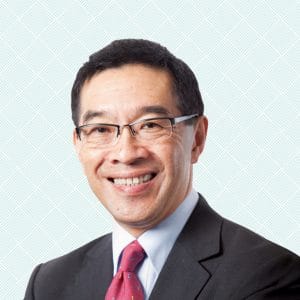The (SFC) announced today that Tim Lui Tim-leung has been named as the Chairman of the Hong Kong regulator. Lui was appointed by the Chief Executive of the SFC and will serve a three-year term from October 20, 2018.
Lui will be replacing Carlson Tong, who has served as the chairman for six years. Before being appointed to Chairman in 2012, Tong was a Non-Executive Director of the regulator since April 2011.

Source: SFC
“I am certain the SFC will benefit hugely under his leadership of the Board to continue steering the SFC in its regulation of the market, engagement with stakeholders, promotion of market development as well as collaboration with overseas and Mainland regulatory counterparts.”
Lui joins the securities regulator following a three-decade career in accounting. Currently, he is a senior adviser at one of the world’s largest financial firms, . He will step down from his position here at the end of September, before starting his role at the SFC.
Commenting on the appointment, the SFC’s Chief Executive Officer, Ashley Alder said: “I look forward to working closely with Mr Lui and the Board in furthering our core mission to protect the integrity and quality of Hong Kong’s financial markets.”
Outgoing chairman helped shape the SFC

Source: SFC
The organisation has now embraced a clarity of purpose and a decisive, bold and targeted approach across all its operations which could not have been achieved without Carlson’s wise counsel, enthusiasm and energy, always putting the interests of first, especially when external obstacles to change have been challenging.”





Be First to Comment